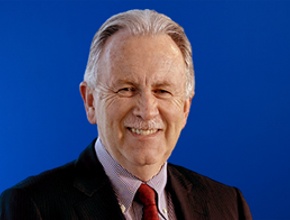Florence Roufosse, MD, is a professor of medicine, internist, and clinical immunologist at the Erasmus University Hospital in Brussels, Belgium. She has served as president of the International Eosinophil Society. She is involved in clinical trials investigating hypereosinophilic syndrome.
Do novel drugs allow us to discontinue glucocorticoids in patients with hypereosinophilic syndrome (HES)?
Yes, there’s evidence for that. The novel drugs that you’re referring to—anti-interleukin-5 (IL-5) monoclonal antibodies—are the only ones that have been developed and approved so far. That means mepolizumab in the setting of HES at least. There are no other novel treatments that have been approved so far. There are some that are being studied. Benralizumab is being studied in HES right now.
What has been shown with mepolizumab at least is, I would say, evidence from 2 trials. The recent trial, which led to approval of mepolizumab for this indication, was not designed at all to look at corticosteroid tapering, but there was an open-label extension where physicians were allowed to taper corticosteroids if they wanted to, so there was no strong pressure to do so. Over a 20-week period, it was already shown that there was a net decline in corticosteroid treatment.
The study that is most convincing, though, is a study that is a lot older—it was published in 2008. The first author is Marc Rothenberg. It was the first trial where mepolizumab was studied in patients with HES, with a higher dosing regimen. So, the first study that I just mentioned—that was 300 mg subcutaneously every 4 weeks, and the older study—it’s mepolizumab 750 mg IV every 4 weeks.
In that [older] study, it was clearly shown that patients who received active treatment with mepolizumab were able to taper down their corticosteroid therapy much more than patients who would receive placebo. These patients had to require between 20 and 60 mg of prednisone or the equivalent to be able to enter the trial. At the end of the trial, in patients in the placebo arm, the median prednisone dose was ~21 mg versus ~6 mg in the active treatment arm. In addition to that, roughly half the patients in the active treatment arm, so receiving high-dose mepolizumab, were completely tapered off corticosteroids, knowing that they had required ≥20 mg at study entry to be able to be enrolled. So, yes, there’s a very, very positive impact on background corticosteroid therapy.
 English
English
 Español
Español
 українська
українська










